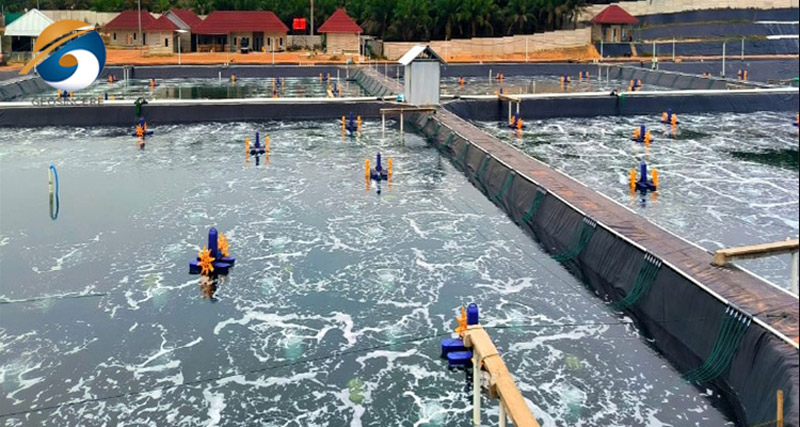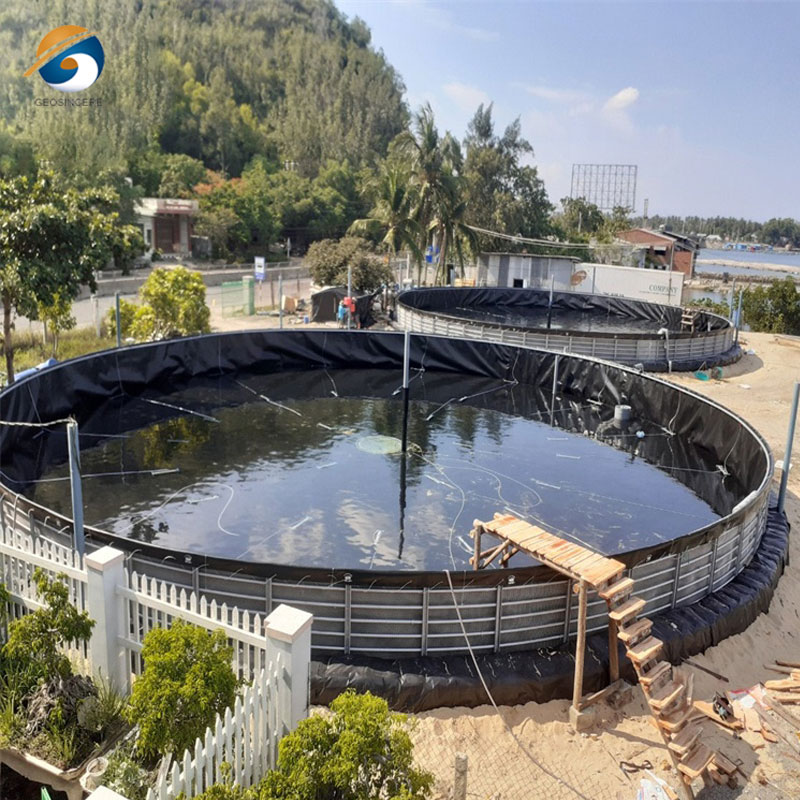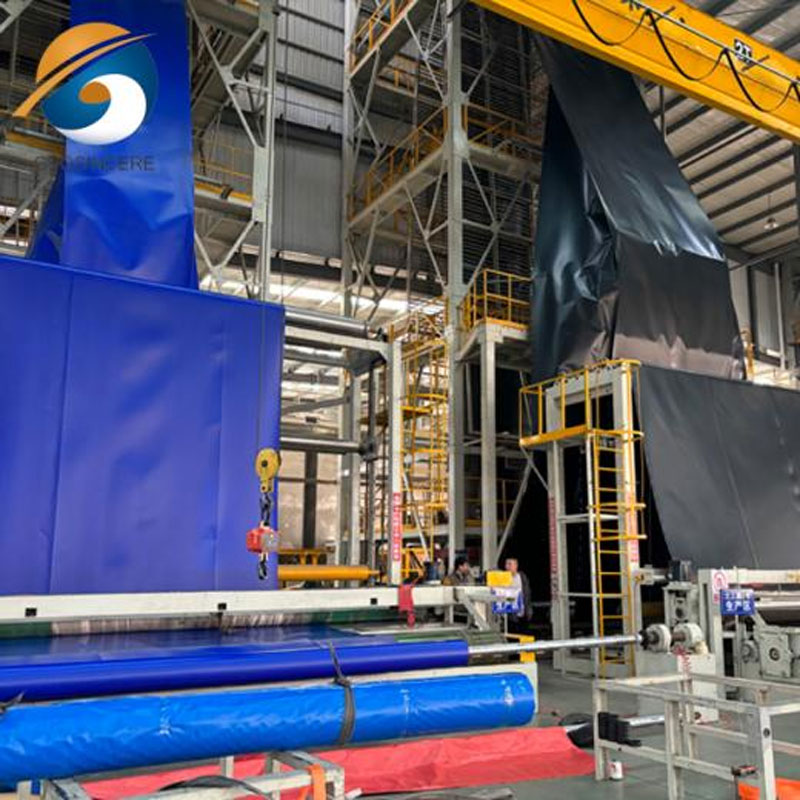Aquaculture
Aquaculture pond liners made from geosynthetics have various applications in the aquaculture industry. These liners provide a cost-effective and efficient solution for pond lining, improving farming production and survival rates. Here are some key applications and advantages of using geosynthetic liners in aquaculture:

Pond Lining: Geomembrane liners, such as HDPE (high-density polyethylene liners), are commonly used to line fish ponds and shrimp ponds. These liners create a watertight barrier, preventing water leakage and ensuring proper containment of the aquatic environment.
1.Improved Farming Production: Geosynthetic liners offer better performance and cost savings compared to traditional soil, clay, or concrete lining methods . They provide a stable and controlled environment for fish and shrimp, promoting optimal growth and health.
2.Increased Survival Rates: Geomembrane liners help maintain water quality by preventing the seepage of pollutants and contaminants into the pond. This contributes to higher survival rates of aquatic species and reduces the risk of disease outbreaks.
3.Durability and Longevity: Geosynthetic liners, such as reinforced polyethylene (RPE) and reinforced polypropylene (RPP) liners, are puncture-resistant and have strong UV protection. They are more durable and longer-lasting than clay or bentonite liners, which can crack and become ineffective over time.
4.Easy Installation: Geosynthetic liners are quick and easy to install, saving time and labor compared to compacting clay or bentonite . They can be custom fabricated to fit the specific dimensions of the pond, ensuring a proper fit and seal.




